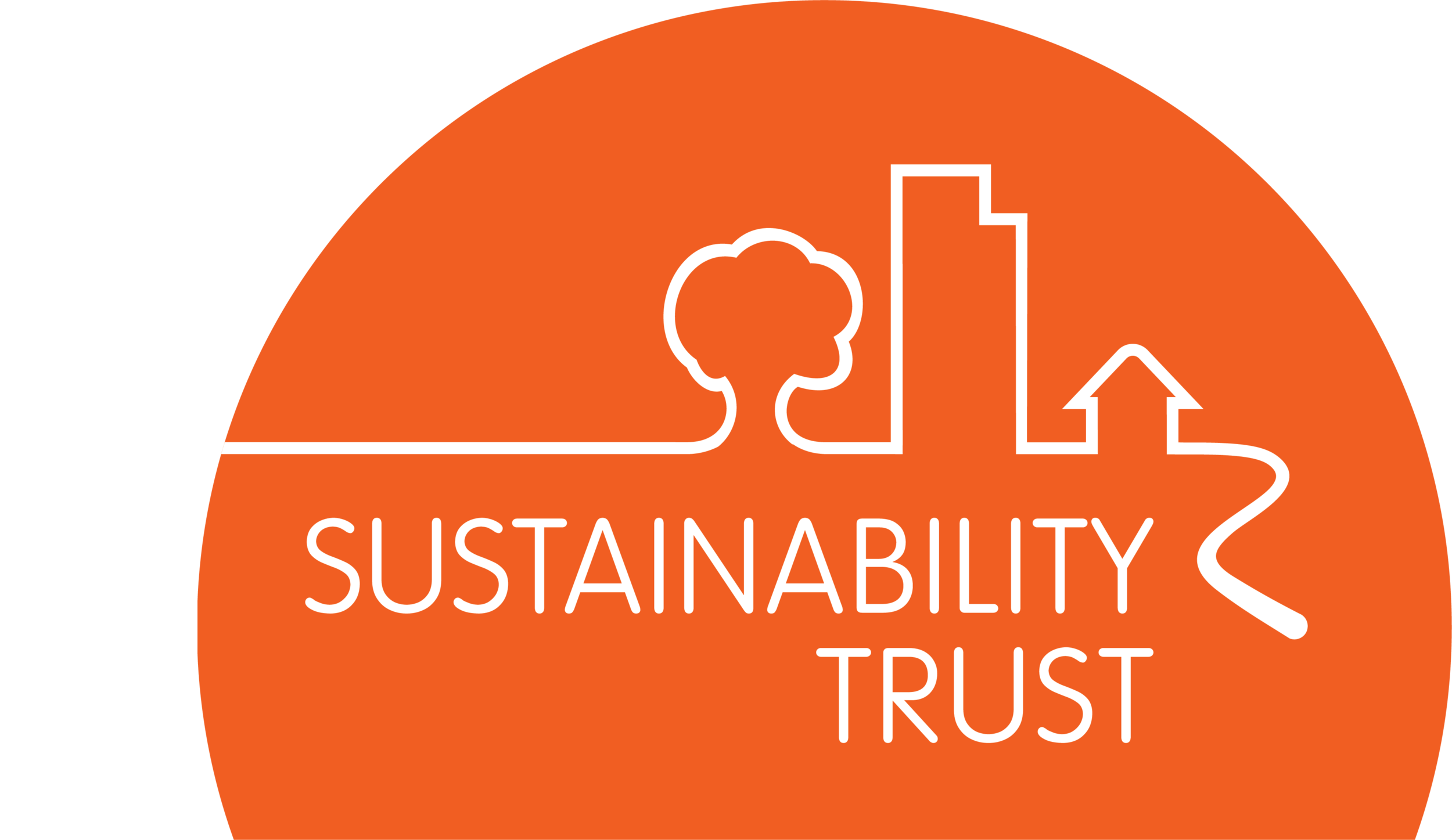Subsidies
Update: The government has recently announced that the Warmer Kiwi Homes programme has been extended to Deprivation Zones 5 and 6. Contact us to check your eligibility
Depending on the location of your home, you may be eligible for 50-100% funding on products that may make your home warmer in winter and cooler in summer.
Email us on customersupport@sustaintrust.org.nz or call 0508 78 78 24 (option 1)
-
Up to 100% on heat pumps* and insulation for eligible homes in Hutt Valley, Porirua City and Wellington North (thanks to Hutt Mana Charitable Trust and the Warmer Kiwi Homes programme)
Up to 100% on insulation and up to 90% on heat pumps* for eligible homes in Wellington City (thanks to Wellington City Council and the Warmer Kiwi Homes programme)
up to 90% on heat pumps* and up to 90% for insulation for eligible homes in Ōtaki (thanks to the Warmer Kiwi Homes programme).
* The Warmer Kiwi Homes subsidy covers 90% of the heat pump cost (up to $3,450 including GST)
-
Additional funding from the Government's Warmer Kiwi Homes programme means that if you are a homeowner-occupier living in a home built before 2008 and you have a Community Services Card/SuperGold Combo Card or live in a low-income area, we can help you save on the cost of your insulation and heating.
For insulation, it can cover the cost of your insulation, ceiling, underfloor and ground vapour barrier, supply and install.For heating, it can cover the cost of your heat pump for the main living space, up to a maximum of $3,450. The home must have properly installed ceiling and underfloor insulation or have been assessed by an insulation provider contracted to EECA who have said that insulation cannot be installed.
We can provide this funding for homeowner-occupiers in Wellington City, Porirua, Kāpiti Coast and Upper and Lower Hutt.
-
If you have health issues related to a cold, damp home, you might be eligible for support through our Well Homes or Warm Fuzzies programmes.
We can provide advice, advocate with your landlord for better heating and insulation and give you free heaters, curtains and moisture-control toolkits.
Head to our Support and advocacy page to check your eligibility.
Check Your Eligibility
Even if you don’t have the right card, your home may fall within the funding zones, and you may still be eligible.
These zones are referred to as deprivation zones 5, 6, 7, 8, 9 & 10 - and are areas identified by the Government as lower income areas.
“We are so grateful for the insulation we got put in in our rental through the Sustainability Trust with the government funding. It has made a massive difference to how warm and dry our home has been, and reduced so much stress, especially with a child with asthma.”










